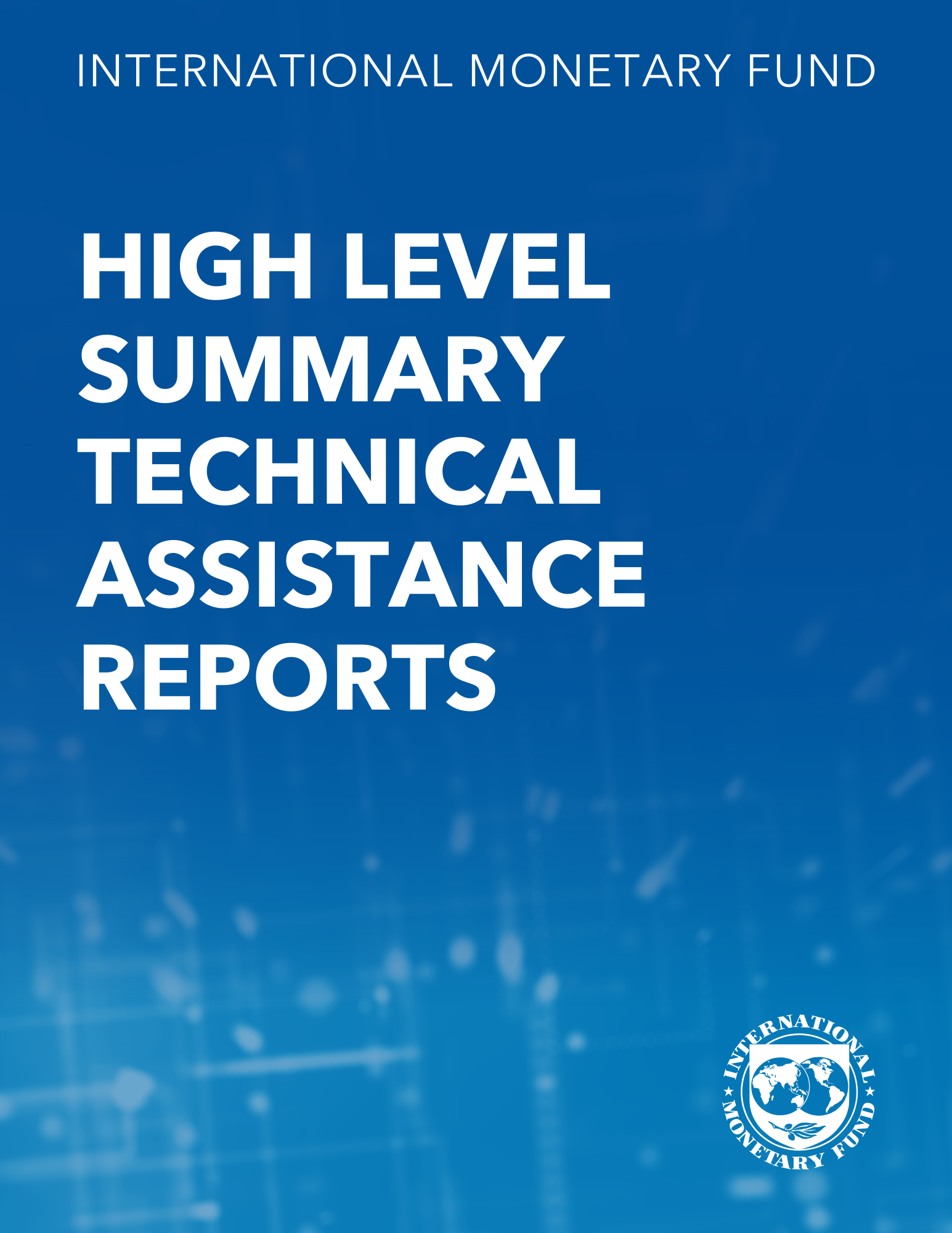Peru: Monetary and Exchange Rate Policies, 1930-1980
June 1, 2012
Disclaimer: This Working Paper should not be reported as representing the views of the IMF.The views expressed in this Working Paper are those of the author(s) and do not necessarily represent those of the IMF or IMF policy. Working Papers describe research in progress by the author(s) and are published to elicit comments and to further debate
Summary
This paper reviews monetary and exchange rate policies in Peru in 1930-80. The review covers major transformations to the world economy, including the post-1929 crash and WWII, and changing economic paradigms, such as the collapse of the gold standard and the rise and fall of the Bretton Woods system of fixed exchange rates. The analysis emphasizes the lasting partnership between Peruvian policymakers and the Bretton Woods institutions, while stressing the local authorities’ ownership of final policy decisions. The review shows that, in general, during the fifty year period under analysis, the Peruvian authorities sought to deliver nominal exchange rate stability, even at the cost of introducing market distortions and/or incurring heavy losses in international reserves.
Subject: Central banks, Exchange rates, Exports, Foreign exchange, Imports, International reserves, International trade, Real exchange rates
Keywords: balance of payments, Bretton Woods system, central bank, economic growth, Europe, Exchange rates, Exports, floating exchange rate, free market, Global, Imports, International reserves, monetary unit, nominal exchange rate, Peru monetary and exchange rate policies, Polak model, rate of exchange, Real exchange rates, U.S. dollar, WP
Pages:
69
Volume:
2012
DOI:
Issue:
166
Series:
Working Paper No. 2012/166
Stock No:
WPIEA2012166
ISBN:
9781475505146
ISSN:
1018-5941







